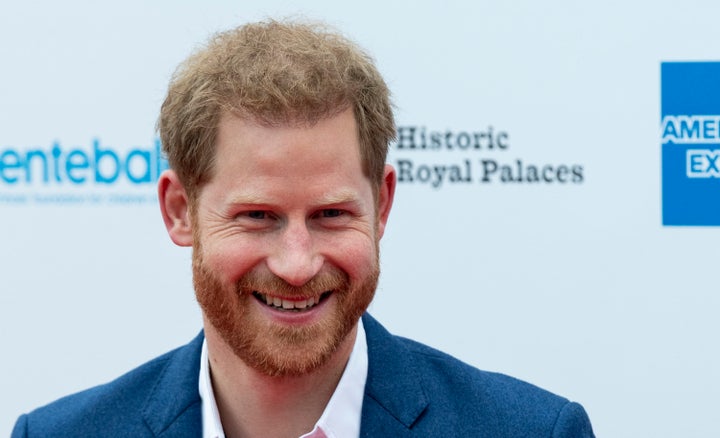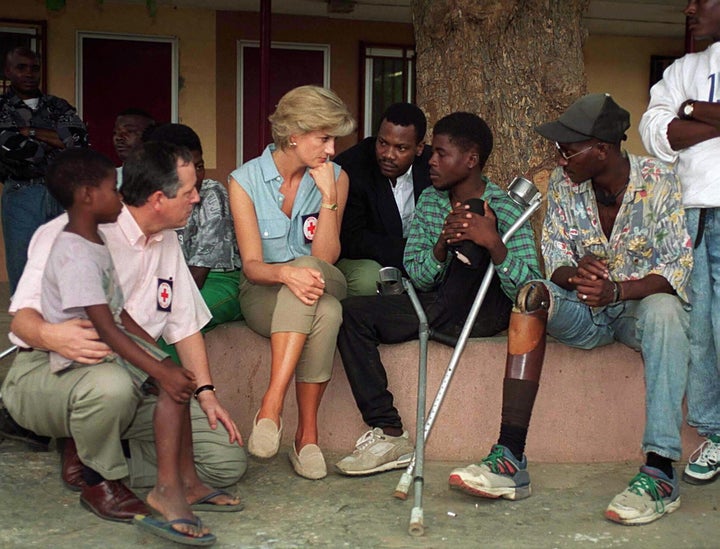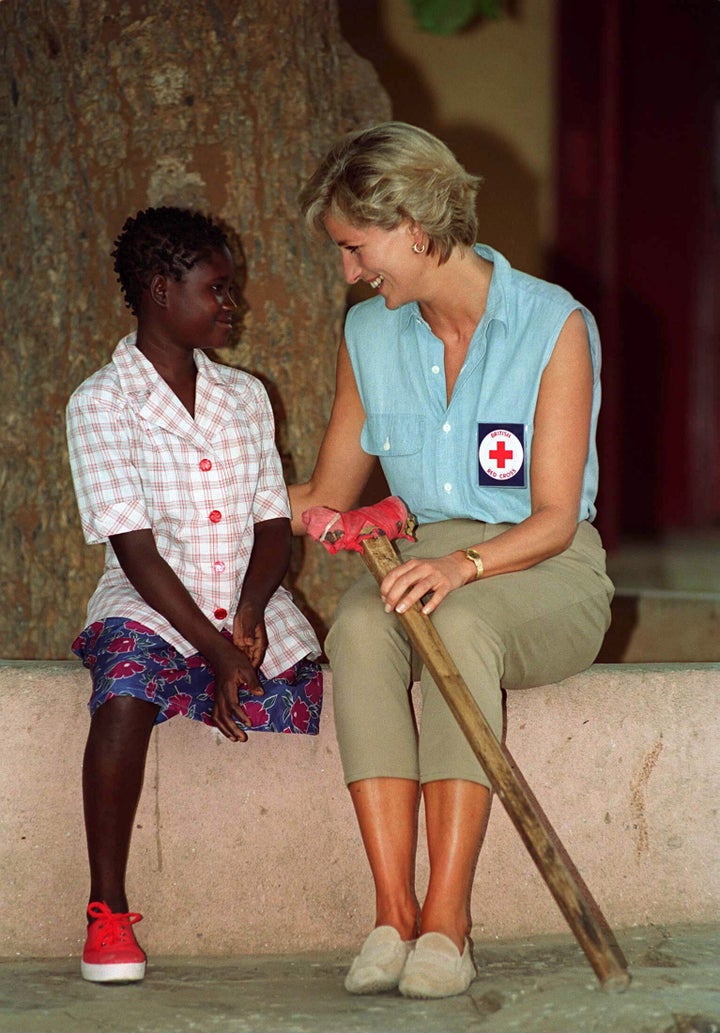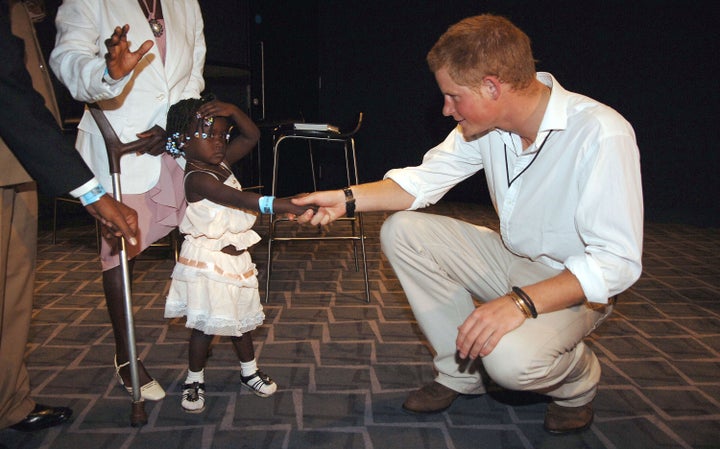
Prince Harry has honoured his late mother’s legacy in many of the causes he champions. On Monday, he continued the tradition by taking on Princess Diana’s fight against landmines.
In London on Monday, at a conference about mine clearance, the Duke of Sussex talked about his visit to Angola in 2013 with the Halo Trust, the same charity his mother had worked with.
“In the far southeast of what is a vast, beautiful country, I saw a struggling community in a deserted landscape unable to make use of the land, yet the potential to turn this land into a sustainable source for its people,” he said in his speech.
“In fact, I was told just the other day of the positive transformation in Huambo since my mother walked that minefield all those years ago.”

Angola, in the southwest of Africa, is a large and multi-ethnic country that’s withstood centuries of Portuguese colonization followed by long periods of struggle, including a bloody war of independence in the 1960s and ’70s. As a result of the country’s 27-year-civil war, which didn’t end until 2002, the landscape remains marred by landmines, and is still one of the most heavily mined countries in the world.
The situation is especially dangerous in Cuito Cuanavale, a city in the southeast area of the country where one of the last major battles took place. According to the New York Times, “unearthed land mines have stunted Cuito Cuanavale’s growth and impeded government plans to turn the battlefield into a Gettysburg-like tourist attraction.”

In January of 1997, Princess Diana’s trip to Angola with the Halo Trust shocked people all over the world. The princess, wearing body armour and a face shield, headed into an active minefield to help clear away explosives. She was advocating for a worldwide ban on landmines, partnering with the British Red Cross.
But that put her at odds with the British government, which was still using landmines in combat, BBC reported at the time. The ruling politicians didn’t want to support a landmine ban until other countries had agreed to a deal, according to The Guardian. The prime minster at the time, John Major, was reportedly scandalized, and junior defence minister Earl Howe called her a “loose cannon” that “Her Majesty’s government did not need.”

But public opinion was largely on Diana’s side. Advocates have called the photos a “turning point” that brought the world’s attention to the use of the weapon and its consequences. Politicians later walked back their criticism, and Diana’s campaign has repeatedly been credited as part of the reason international politicians signed on to the Ottawa Treaty that banned the use of landmines in December 1997, just a few months after her death.
In a speech that June, Diana said she hadn’t intended to make a political statement.
“I am not a political figure and as I said at the time and I’d like to reiterate now, my interests are humanitarian, that is why I felt drawn to this human tragedy,” she said.

Harry echoed his mother’s words in his speech on Monday. “Let’s not forget, landmines are a humanitarian issue and not a political one,” he said.
During Monday’s conference, he listened to advocates discuss the efforts to de-mine the country’s Okavango area.
“My hope is that through this collaboration, minefields can be cleared, land can be protected, wildlife can be free to return to where they once roamed, and Angolans can reap the rewards by coexisting with the one constant that will draw people in from all over the world – the extraordinary setting that they call home,” he said.
Angola may be one of the destinations for Prince Harry and his wife Meghan, the Duchess of Sussex, on their rumoured royal tour of Africa.
Also on HuffPost: